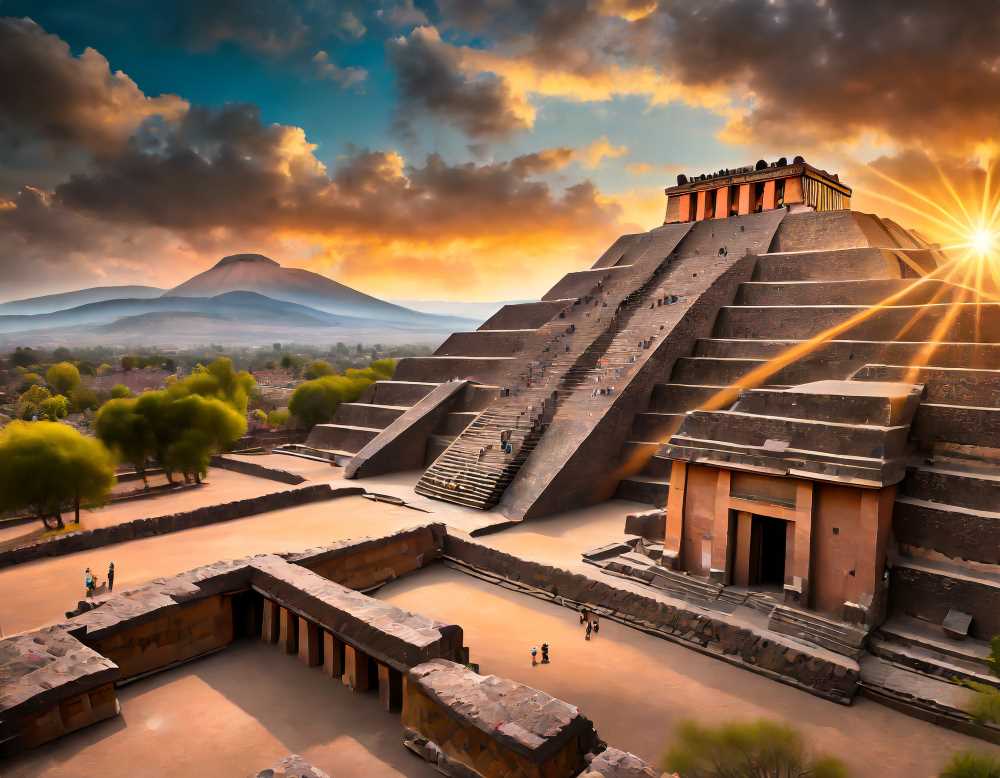The Spaniards' Pinch-Worthy Aztec Art Encounter
From Teotihuacan's inspiration to Tenochtitlan's grandeur, the Aztecs' artistry left Spaniards awestruck. Their complex temples, skilled stone carving, featherwork, and distinctive codices reveal a vibrant artistic journey.

The year is 1519, and a band of curious Spaniards under Hernán Cortés arrives in the thriving city of Tenochtitlan, the heart of the Aztec empire. As they gazed upon the majestic temples, palaces, and artistry of this grand civilization, they couldn't help but pinch themselves. Were they in a dream, or had they stumbled upon a world where art and architecture defied imagination?
But what they didn't realize was that this astonishing art was merely the crescendo of a long, vibrant artistic journey that began in Teotihuacan and passed through the hands of the Toltecs. The Aztecs didn't just come up with these masterpieces out of thin air – they built upon a rich tradition.




